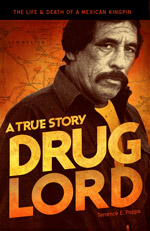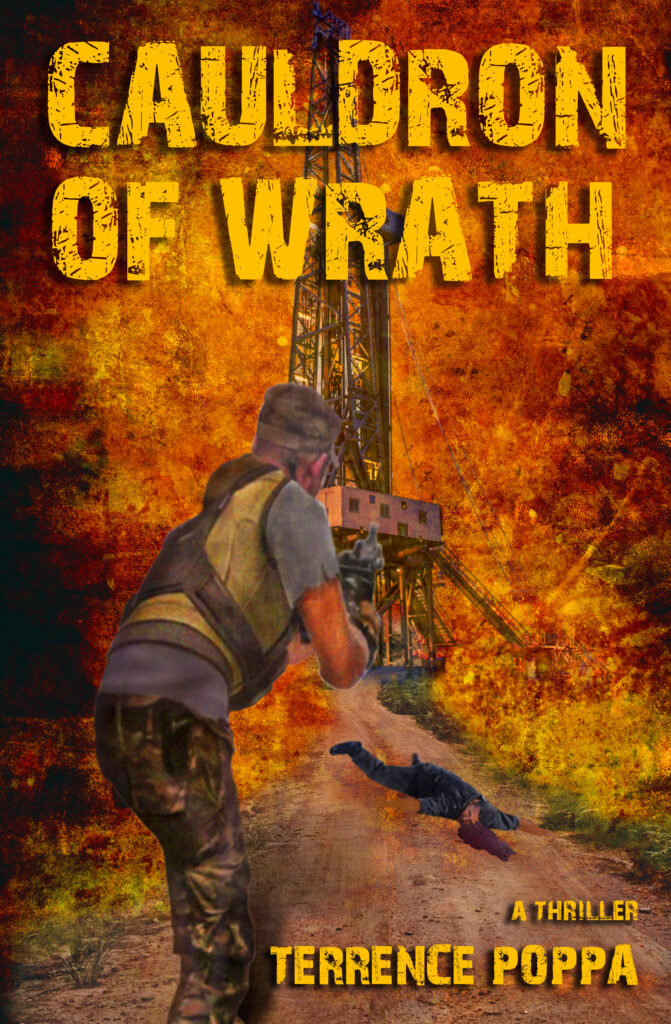(THE GUARDIAN) — by David Agren
The news that authorities used a truck trailer to store 273 corpses offers a symbol for a crisis in Mexico that affords no dignity to its victims.
The first sign something was amiss came when the 18-wheeler lumbered into the dilapidated neighborhood of Paseos del Valle on the outskirts of Guadalajara.
The truck itself was unremarkable – a white tractor unit pulling a refrigerated trailer emblazoned with a polar bear logo – but it came with a police escort. And as the massive vehicle pulled on to a muddy track between the last row of houses and a corn field, dogs across the neighborhood began to bark wildly at the stench it released.
“It was a smell of death,” recalled Alejandro Espinosa, a hospital maintenance worker who lives nearby.
The truck was discovered by the public in the dilapidated neighborhood of Paseos del Valle on the outskirts of Guadalajara.
A crowd quickly gathered, and when the truck became stuck in the mud, several youths pushed past the police and forced open the trailer doors.
Inside were scores of human bodies, wrapped in garbage bags, bound with duct tape and piled haphazardly on top of each other.
Local authorities eventually confirmed that 273 corpses had been dumped in the trailer after the relentless pace of violent crime left the local morgue without any space for new arrivals. For nearly two weeks, the truck had been drifting around the suburban hinterland of Mexico’s second city.
As the scandal escalated, Jalisco officials were forced to admit that they had been using stationary trailers to store bodies for at least two years.
The macabre discovery came on the country’s national holiday, and seemed to offer a damning comment on the state of the nation: in the 12 years since Mexico launched its militarized war on drugs, more than 200,000 people have died and another 35,000 gone missing.




 October 18th, 2018
October 18th, 2018 
